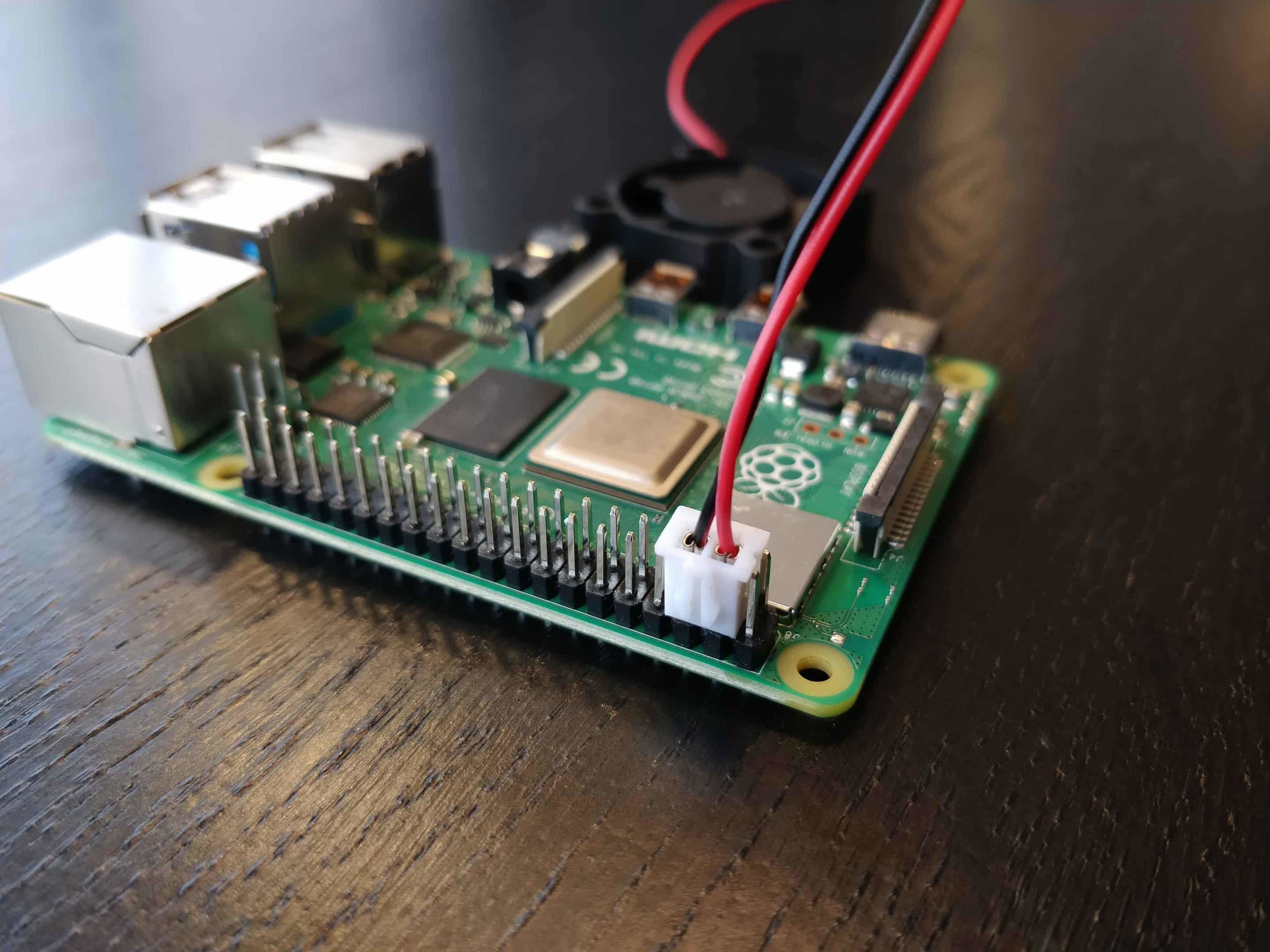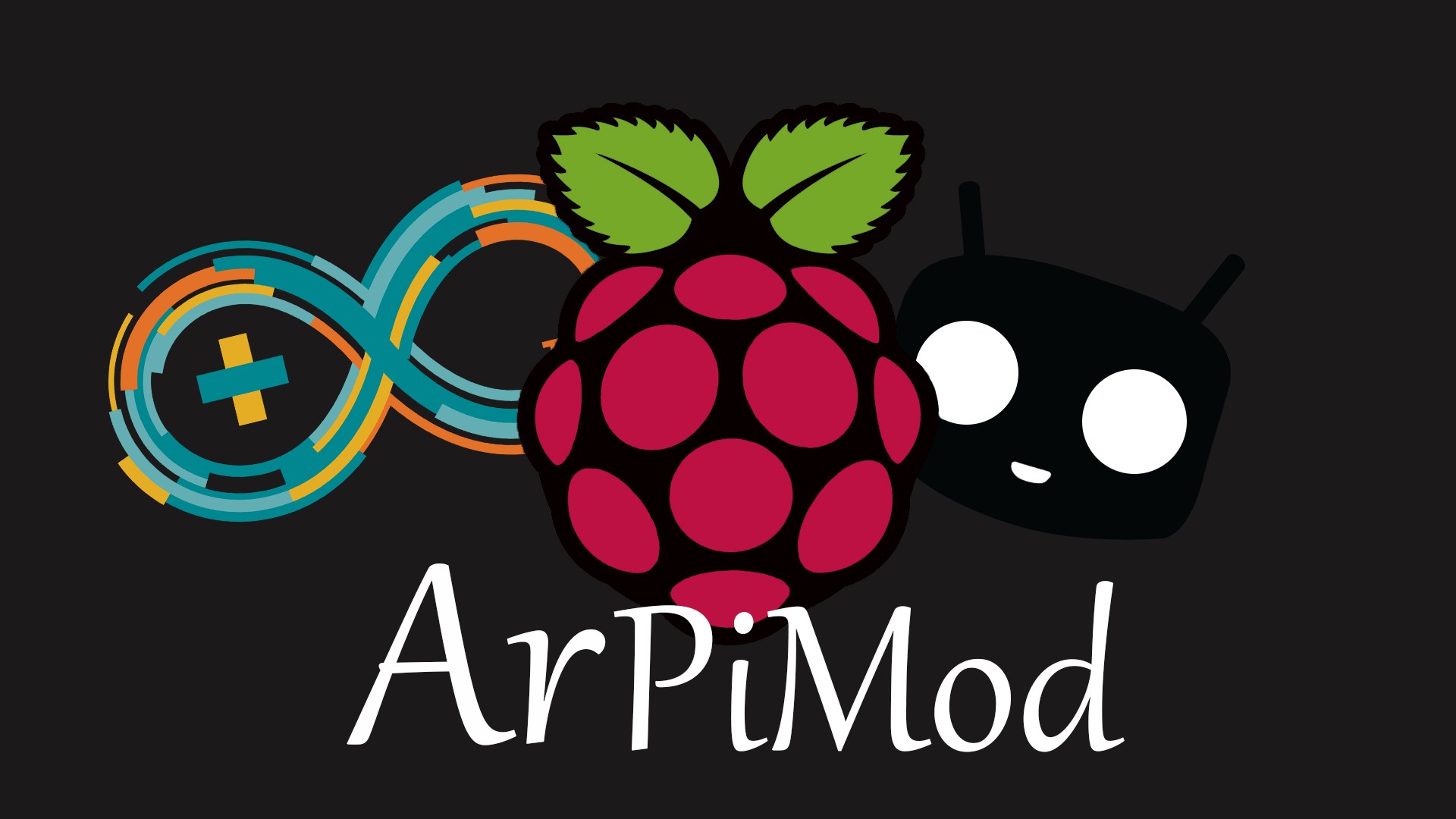Hey there, tech enthusiasts! Are you looking for ways to securely connect remote IoT VPC Raspberry Pi without breaking the bank? You're in the right place. In this digital age, securing your IoT devices is not just an option—it's a necessity. Whether you're managing a home automation system or running a business with IoT-powered operations, ensuring that your devices are safe from cyber threats is crucial. Let’s dive into how you can achieve this with minimal effort and cost.
Connecting your Raspberry Pi to a remote IoT VPC securely can seem like a daunting task, especially if you're new to the world of networking and cybersecurity. But don't worry—we’ve got your back. This article will walk you through the process step by step, ensuring that your devices stay protected while you enjoy the benefits of remote connectivity.
From understanding the basics of IoT security to downloading free tools that make the process seamless, we’ll cover everything you need to know. So grab a cup of coffee, sit back, and let’s get started on this journey to secure your digital world!
- Sundarikanya The Hidden Gem Youve Been Searching For
- Pepper0 The Ultimate Guide To Understanding This Digital Phenomenon
Understanding IoT Security: Why It Matters
Before we jump into the technical details, let’s talk about why IoT security is such a big deal. Imagine this: you’ve set up a smart home system with lights, cameras, and thermostats all connected via IoT. Now, what happens if someone gains unauthorized access to your network? They could potentially control your devices, spy on you, or even steal sensitive data. Scary, right?
IoT devices are often seen as easy targets for hackers because they lack robust security measures. Unlike traditional computers, these devices are designed for convenience rather than security. This makes them vulnerable to attacks if not properly configured. That’s why learning how to securely connect remote IoT VPC Raspberry Pi is essential for anyone working with IoT technology.
By the way, did you know that by 2025, the number of active IoT devices is projected to reach 41.6 billion globally? With so many devices out there, the risk of cyberattacks increases exponentially. So, whether you’re a hobbyist or a professional, taking proactive steps to secure your IoT setup is more important than ever.
- Pr Moviescom Your Ultimate Destination For Streaming Entertainment
- Vegamovie Your Ultimate Destination For Cinematic Adventures
What is a VPC and Why Use It?
A Virtual Private Cloud (VPC) is essentially a private network within the cloud. Think of it as a secure bubble where your IoT devices can communicate without being exposed to the public internet. By using a VPC, you can control who has access to your network and ensure that only authorized devices can connect.
Here’s why using a VPC is beneficial:
- Enhanced Security: A VPC isolates your network from the rest of the internet, reducing the risk of unauthorized access.
- Flexibility: You can easily scale your network by adding or removing devices as needed.
- Cost-Effective: Many cloud providers offer free tiers for VPC services, making it an affordable solution for small-scale projects.
When combined with a Raspberry Pi, a VPC becomes a powerful tool for creating a secure and reliable IoT setup. Whether you’re monitoring environmental conditions in a greenhouse or controlling industrial machinery remotely, a VPC ensures that your data remains safe and your devices function smoothly.
Setting Up a Raspberry Pi for IoT
The Raspberry Pi is a versatile little device that’s perfect for IoT projects. Its affordability, compact size, and ease of use make it a favorite among hobbyists and professionals alike. To set up your Raspberry Pi for IoT, you’ll need a few things:
- A Raspberry Pi (preferably the latest model)
- A microSD card with at least 16GB of storage
- A power supply
- An Ethernet cable or Wi-Fi adapter
- A keyboard and mouse (optional)
Once you have all the necessary components, follow these steps:
- Download the Raspberry Pi OS from the official website and flash it onto your microSD card using a tool like Balena Etcher.
- Insert the microSD card into your Raspberry Pi and power it on.
- Connect to your local network via Ethernet or Wi-Fi.
- Update the operating system by running
sudo apt updateandsudo apt upgrade.
With your Raspberry Pi up and running, you’re ready to move on to the next step: configuring it for remote access.
Configuring Remote Access with SSH
Secure Shell (SSH) is a protocol that allows you to securely connect to your Raspberry Pi from another device. It’s an essential tool for managing your IoT setup remotely. Here’s how you can enable SSH on your Raspberry Pi:
- Open the terminal on your Raspberry Pi and type
sudo raspi-config. - Select Interfacing Options and navigate to SSH.
- Choose Yes to enable SSH and then reboot your Raspberry Pi.
Once SSH is enabled, you can connect to your Raspberry Pi from any device on the same network using a tool like PuTTY (for Windows) or the built-in terminal app (for macOS and Linux). Just enter the IP address of your Raspberry Pi and log in using your credentials.
Connecting to a Remote VPC
Now that your Raspberry Pi is set up and ready for remote access, it’s time to connect it to a remote VPC. This will allow you to manage your IoT devices from anywhere in the world while keeping them secure. Here’s how you can do it:
- Create a VPC on a cloud provider like AWS or Google Cloud Platform.
- Set up a Virtual Private Gateway (VPG) to connect your local network to the VPC.
- Configure the necessary security groups and access policies to ensure that only authorized devices can connect.
- Install a client on your Raspberry Pi to establish a secure connection to the VPC.
By following these steps, you’ll be able to securely connect your Raspberry Pi to a remote VPC and start managing your IoT devices with confidence.
Choosing the Right Cloud Provider
When selecting a cloud provider for your VPC, consider factors such as cost, scalability, and ease of use. AWS and Google Cloud Platform are two popular options that offer free tiers for VPC services, making them ideal for small-scale projects. However, if you’re working on a larger project, you may need to upgrade to a paid plan to access additional features.
Download Free Tools for IoT Security
There are several free tools available that can help you secure your IoT setup. Here are a few of our favorites:
- Wireshark: A network protocol analyzer that allows you to monitor and analyze network traffic.
- OpenSSH: A free implementation of the SSH protocol that provides secure remote access to your devices.
- Fail2Ban: A tool that protects your devices from brute-force attacks by automatically blocking suspicious IP addresses.
By downloading and installing these tools, you can significantly enhance the security of your IoT setup without spending a dime.
Best Practices for IoT Security
While setting up a secure connection is important, it’s equally crucial to follow best practices for IoT security. Here are a few tips to keep your devices safe:
- Change Default Passwords: Never use the default passwords that come with your devices. Always create strong, unique passwords for each device.
- Update Firmware Regularly: Manufacturers often release firmware updates that fix security vulnerabilities. Make sure to install these updates as soon as they become available.
- Use Encryption: Enable encryption wherever possible to protect your data from prying eyes.
By following these best practices, you can minimize the risk of cyberattacks and ensure that your IoT setup remains secure.
Common Mistakes to Avoid
Even the most experienced tech enthusiasts can make mistakes when setting up IoT devices. Here are a few common pitfalls to watch out for:
- Ignoring Security Settings: Failing to configure security settings properly can leave your devices vulnerable to attacks.
- Using Weak Passwords: Weak passwords are easy for hackers to guess, so always use strong, complex passwords.
- Not Backing Up Data: Regularly backing up your data can save you a lot of trouble if something goes wrong.
Avoiding these mistakes will help you create a more secure and reliable IoT setup.
Conclusion: Secure Your IoT Setup Today
In conclusion, securely connecting your Raspberry Pi to a remote IoT VPC is a straightforward process that can significantly enhance the security of your devices. By following the steps outlined in this article and adopting best practices for IoT security, you can protect your devices from cyber threats and enjoy the benefits of remote connectivity.
So what are you waiting for? Start securing your IoT setup today and take control of your digital world. Don’t forget to leave a comment below and share this article with your friends and colleagues. Happy tinkering!
Table of Contents
- Understanding IoT Security: Why It Matters
- What is a VPC and Why Use It?
- Setting Up a Raspberry Pi for IoT
- Configuring Remote Access with SSH
- Connecting to a Remote VPC
- Choosing the Right Cloud Provider
- Download Free Tools for IoT Security
- Best Practices for IoT Security
- Common Mistakes to Avoid
- Conclusion: Secure Your IoT Setup Today
- Why Vagamovies Is Your Ultimate Streaming Destination In 2023
- Hdhub4you Your Ultimate Destination For Highquality Entertainment


